| Recent Featured Videos and Articles | Eastern “Orthodoxy” Refuted | How To Avoid Sin | The Antichrist Identified! | What Fake Christians Get Wrong About Ephesians | Why So Many Can't Believe | “Magicians” Prove A Spiritual World Exists | Amazing Evidence For God | News Links |
| Vatican II “Catholic” Church Exposed | Steps To Convert | Outside The Church There Is No Salvation | E-Exchanges | The Holy Rosary | Padre Pio | Traditional Catholic Issues And Groups | Help Save Souls: Donate |  |

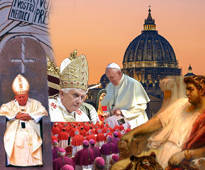
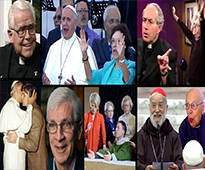

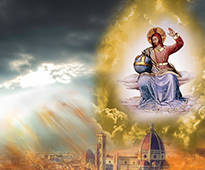

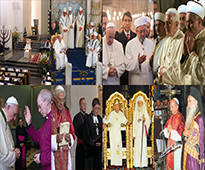
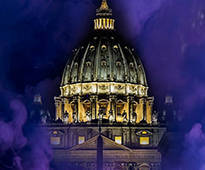

 " />
" /> " />
" />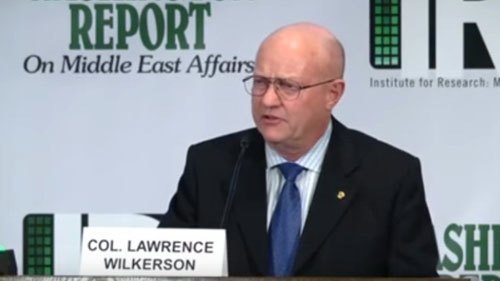 " />
" /> " />
" /> " />
" />




Christian Councils Were Modelled On The Procedure Of The Roman Empire
This is an interesting quote about how the early Christian councils were modelled on the procedure observed in the Roman Empire. This fact is another example of the point mentioned in our recent video (Saints & Theologians On The End Times – Shedding Light On The Current Catholic Crisis) and in other videos, namely, that The Beast That Was (i.e. pagan Rome) was replaced by the Christian/Catholic Roman Empire. But in the last days pagan Rome returns and takes control of those physical structures by means of a Counter Church led by antipopes (reducing the true Church to a remnant).
Francis Dvornik, The Ecumenical Councils, 1964, pp. 9-10: “Such meetings [of bishops] took place in the capitals or major cities of Roman provinces where the apostles had found important… communities which had become centers from which Christianity spread through the rest of the provinces. This explains why the letters of Peter and Paul were addressed to the Christians of Eastern and Western provinces of the Roman Empire or of their capitals—Rome (Italy), Ephesus (Asia), Corinth (Achaea), Thessalonica (Macedonia)—and why the decision of the apostolic assembly was made known to the Christians of Antioch, capital of Syria, and of the province of Cilicia. This practice influenced the organization of the primitive Church along the lines of the political divisions of the Roman Empire. It was thus natural that to the bishops residing in the capitals of the provinces were left the initiative of convoking the councils and the privilege of presiding over their debates. This gave them a kind of superiority over other bishops of the districts. They were called metropolitans because they resided in the capitals (metropolis)...
We have little information on such assemblies in the eastern part of the Empire… however, from his [Cyprian’s] letters we can be certain that such gatherings of bishops gradually modelled themselves on the rules under which the sessions of the Roman Senate were held. The presiding bishop assumed the role of the Emperor or of his representative in the Senate. He used the same words for the convocation of the Council as were used in the imperial summons for the meeting of the Senate; and the conduct of debate, the interrogations of the bishops, and their responses also imitated the procedure of the Senate. The same rules were observed at the Roman council held in 313, in the house of Fausta. There was nothing unusual in this development. The meetings of the local senates or municipal councils in the provincial capitals were also modelled on the procedure followed by the Roman Senate, and this procedure was thus familiar to the bishops, who were Roman citizens. It is important to state that the conciliar or synodal practice was already fully developed in the Church before the conversion of Constantine the Great, the first Christian Emperor.”
Thorough Videos
Sign up for our free e-mail list to see future vaticancatholic.com videos and articles.
Recent Content
^